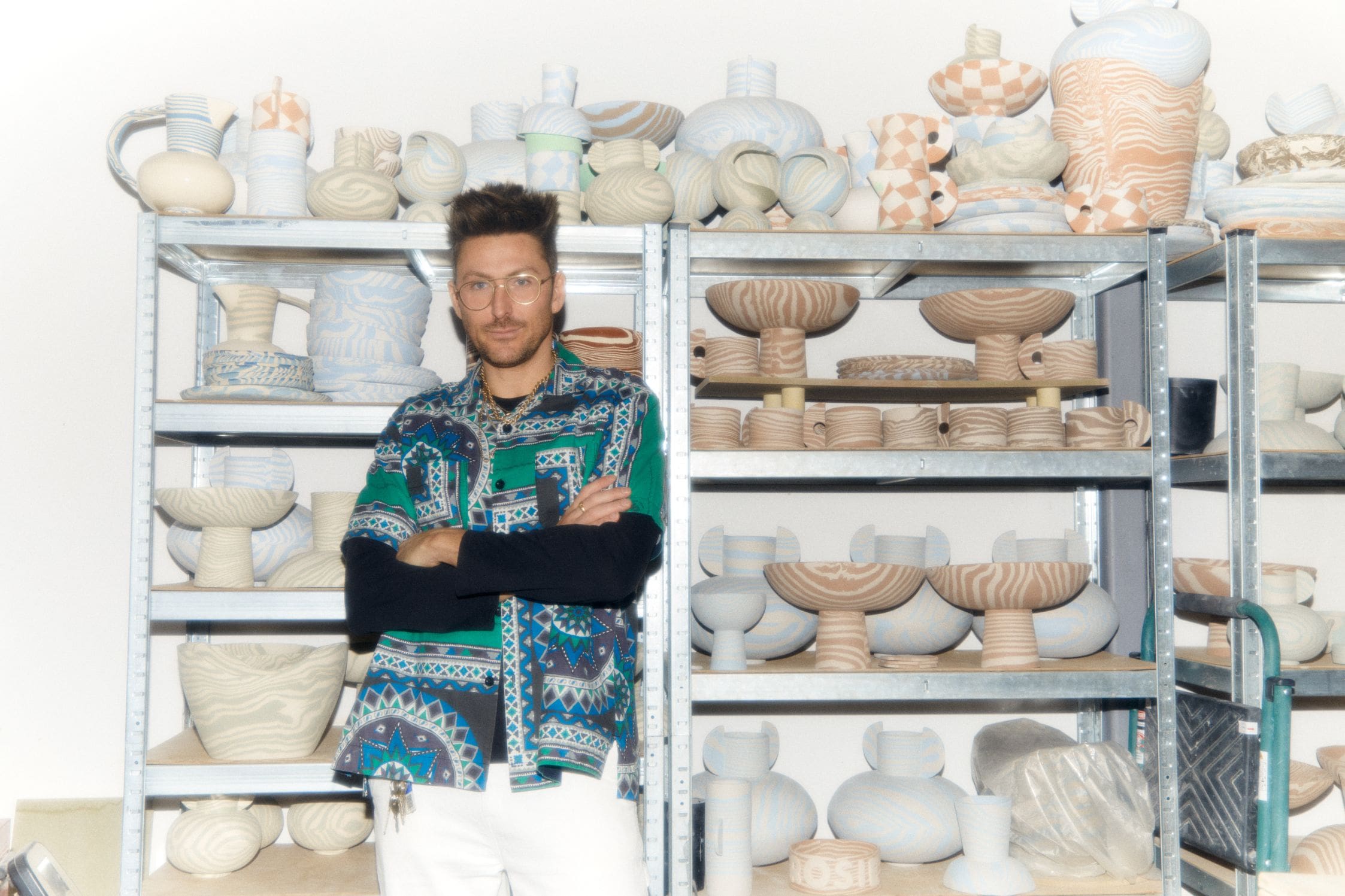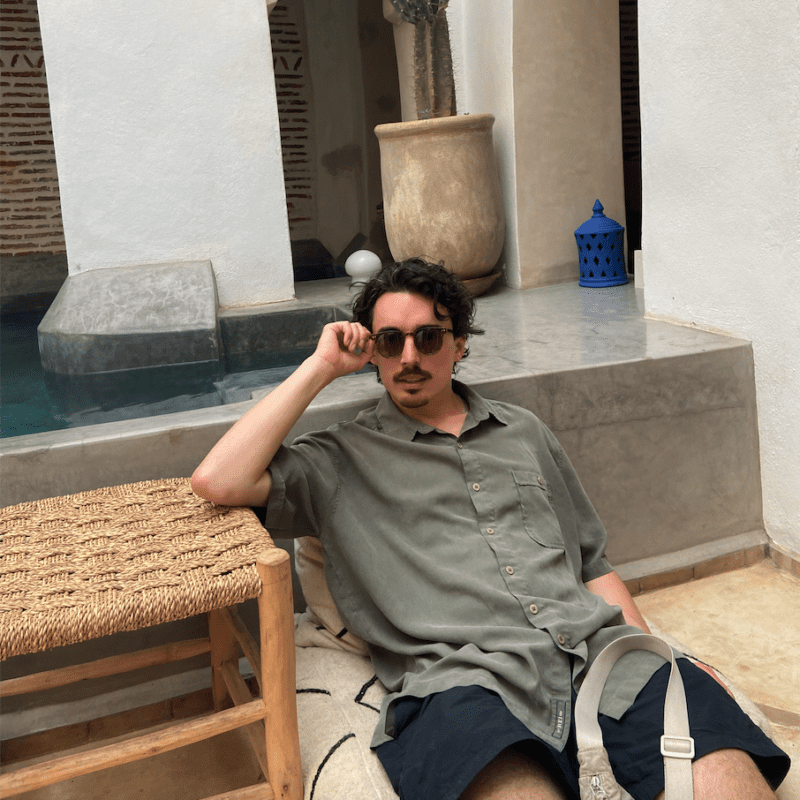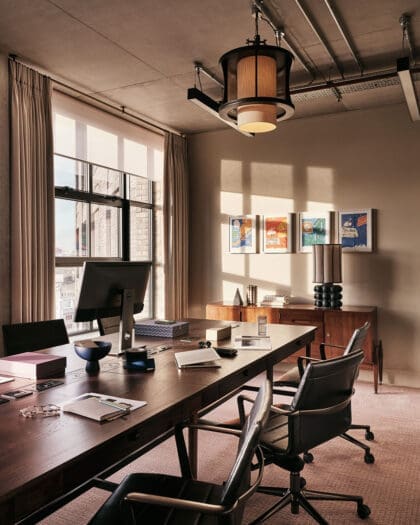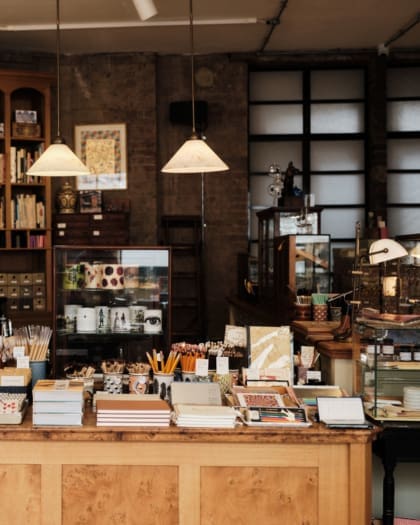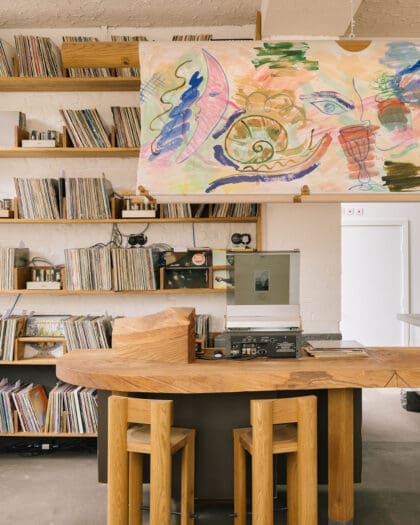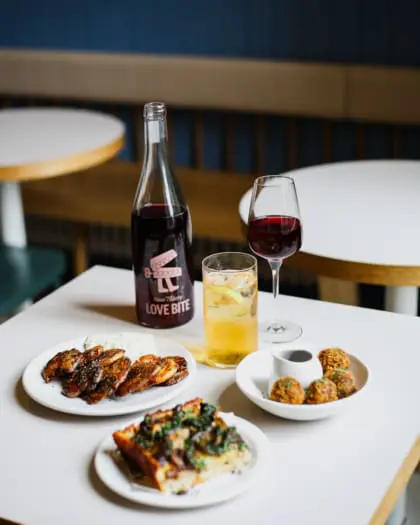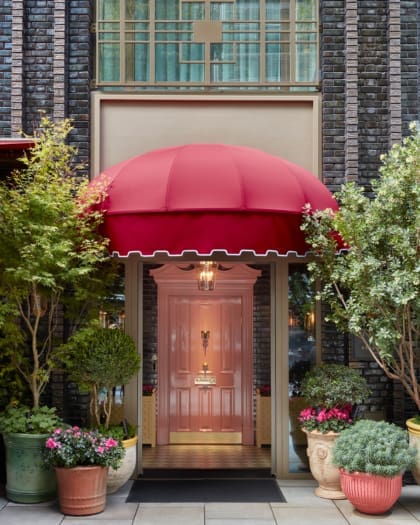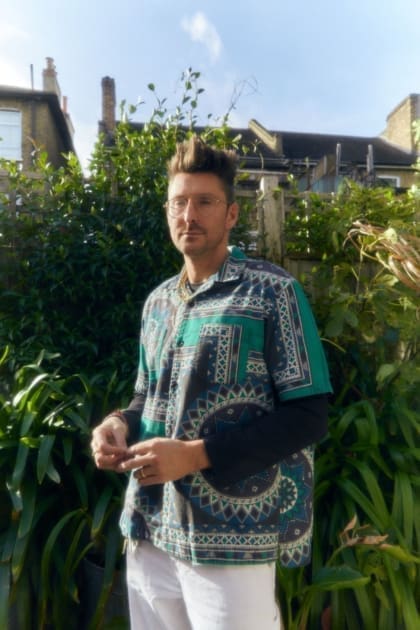
Henry Holland on his unexpected pivot from fashion to ceramics
Henry Holland discusses parlaying his talents into homeware with his joyful ceramics brand Henry Holland Studio, and how making to order with natural materials can offer a more rewarding, sustainable business model
Former fashion designer Henry Holland has had a whirlwind few years. In 2020, his label House of Holland went into administration; never one to sit still, he began making ceramics at a weekly class as a hobby. During lockdown, his first pieces immediately garnered attention from buyers on Instagram, including London’s iconic Liberty department store. Fast forward two years, and Henry Holland Studio is a thriving ceramics business with regular product launches and collaborations. Having started with mugs, the studio now produces a full tableware range, glassware, statement lamps, planters, dog bowls, salt pots with Cornish Sea Salt, a rug collection created with East London’s Floor_Story – and most recently, scented candles. The studio’s work is stocked globally, and everything is handmade to order in Holland’s studio in Hackney, London.
The whole output is delightfully cheery, with each stoneware piece produced in an elegant marble effect of flowing contrasting clay. The website is brimming with puns, from the strap-line (“your new favourite pot dealer”) down to calls to action to “drink me up” and “don’t be a mug about it”. And true to form, Henry Holland is as warm and self-effacing in person as he is with his brand.
ROADBOOK visits his Hackney studio – a friendly, frenetic space where a small team of potters are busy moulding, sanding, and firing – to hear how Holland launched the business at breakneck speed, and how working in ceramics compares to his time as a fashion designer, particularly the sustainability advantages the business offers.

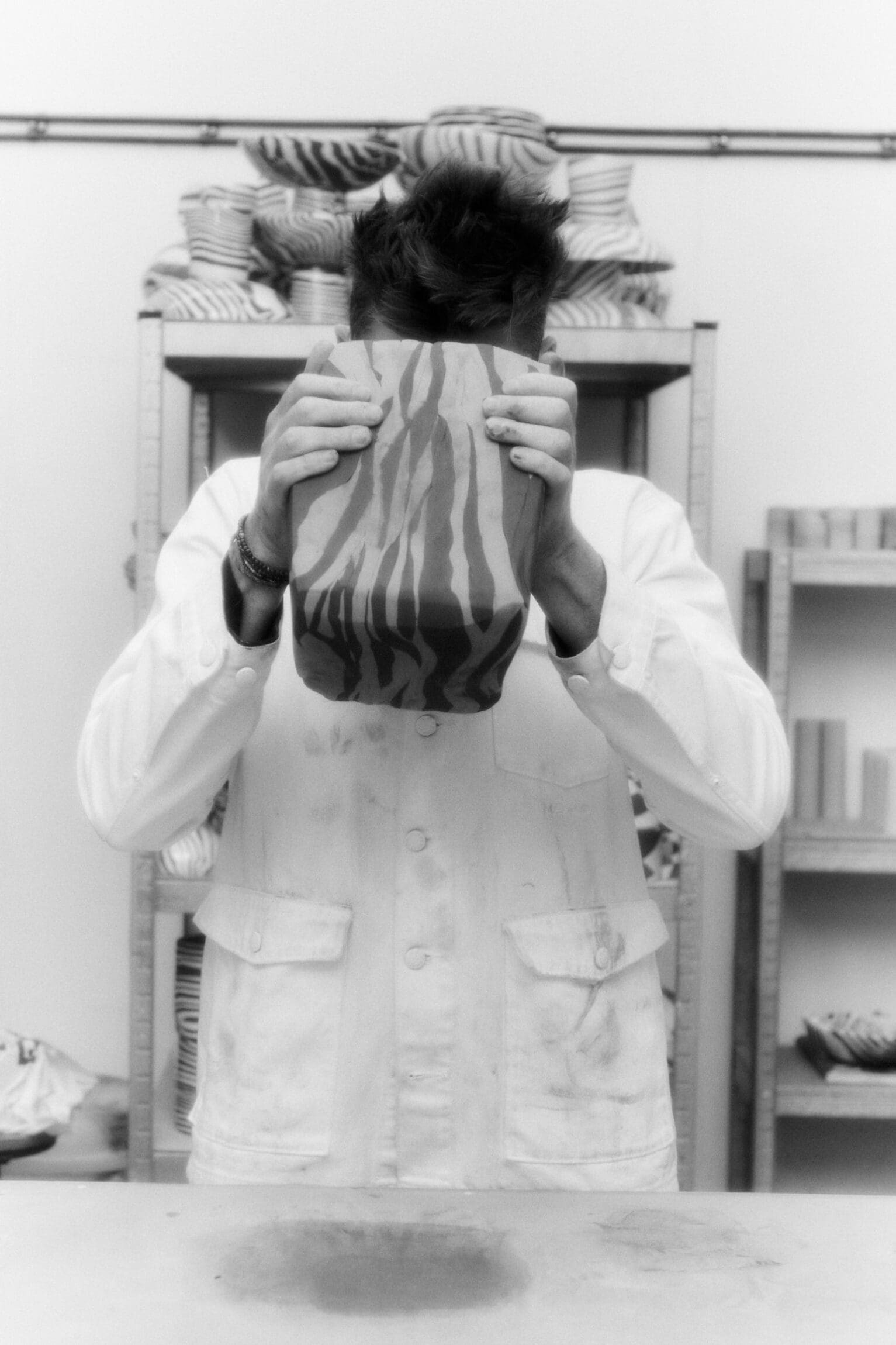
The beginnings of Henry Holland Studio
You started Henry Holland Studio in 2020, and things have come together really quickly since then. Is that how it feels to you?
It does! To me, the parallels between how my fashion business started and how my ceramics started are insane. The main difference is that I launched my t-shirts on MySpace, and my pots were launched on Instagram.
I started making ceramics as a hobby just before lockdown at a class nearby. During lockdown, I couldn’t go to the class anymore, so I ordered clay to my kitchen and carried on making at home. I posted some of my first pieces on Instagram, and I got a DM from the buyers at Liberty London, asking for 600 pieces. I couldn’t believe it – I was running round the house like a madman. So I immediately hired my first team member, who’s still with me today.
I was initially working in a shared space with five other ceramicists, and every couple of days I was asking them, ‘do you need that shelf’, ‘do you want to work for me’? They were like, ‘stop taking over our entire workshop!’ (laughs).
We moved into our own studio in Hackney in July 2021; the Liberty order went into store in May 2021, and I had my first ceramics evening lesson just over a year before that.

My fashion business began in a really similar way. I think it’s why I had the courage to do it, because I had been through that process before. And I thought, if it goes tits up, it goes tits up, but I’ve got to give it a go. And it’s been great since then! Although recently I met somebody from a skill sharing website where interior designers do online classes, and I said, ‘oh, I’ll do you one in pottery!’ And she was like, ‘that might be a bit of a piss take, because people have been practicing ceramics for 40 years’, and I’ll be there saying, ‘here’s how to make a pot’, and they’ll be like, ‘thanks, we know’. So someone did call me out on it, and I was like, fair point (laughs).
One of my favourite things about the speed of it all is that the art deco mug, our best selling piece, is the first thing I ever made in a class. It hasn’t really changed that much. Can you imagine if someone had told me that after my first class?
It has a really distinctive handle, where does that shape come from?
My mum was an antiques dealer and collector, and loved art deco pieces, especially ceramics. A lot of art deco teacups have something not dissimilar to our design, where the handle protrudes up from the lip of the cup. The difference is art deco pieces are usually triangular. I decided to make it rounder – I always find round edges more playful.


The potting process
Your ceramics are known for their distinctive marbled pattern. How do you achieve that effect?
Initially I had a go at creating pattern by painting glazes with a brush, but my brushwork is terrible – it looked like a three-year-old had done it. I’m so used to working in fabric where everything’s digitally printed and you can produce really sharp solid lines and bright bold colours, which I just wasn’t achieving with glaze. I watched loads of YouTube videos on the art of nerikomi, an old Japanese technique that uses different coloured clays to create patterns. It’s a very meticulous process that is traditionally used to create geometric designs like herringbone and checkerboard. I gave it a go, but I was a beginner, so I was a lot more loose and fluid with it, which resulted in this really organic pattern. When you run your finger along the pieces, you can feel a ribbing effect between the two clays, where they’ve shrunk at different rates in the kiln. We use white clay and terracotta, as well as blue and green clay from Spain.
When I made the first few pieces with the white and red clays mixed together, I was really impressed with myself! I don’t know how else to put it. They were really simple pieces, but I thought it was amazing. I had just finished my fashion business, it had been sold off by the bank, it wasn’t the best of times, and I was trying to do something creative for myself, and when I got those pieces out of the kiln, I thought, they look like me – they look like my work.
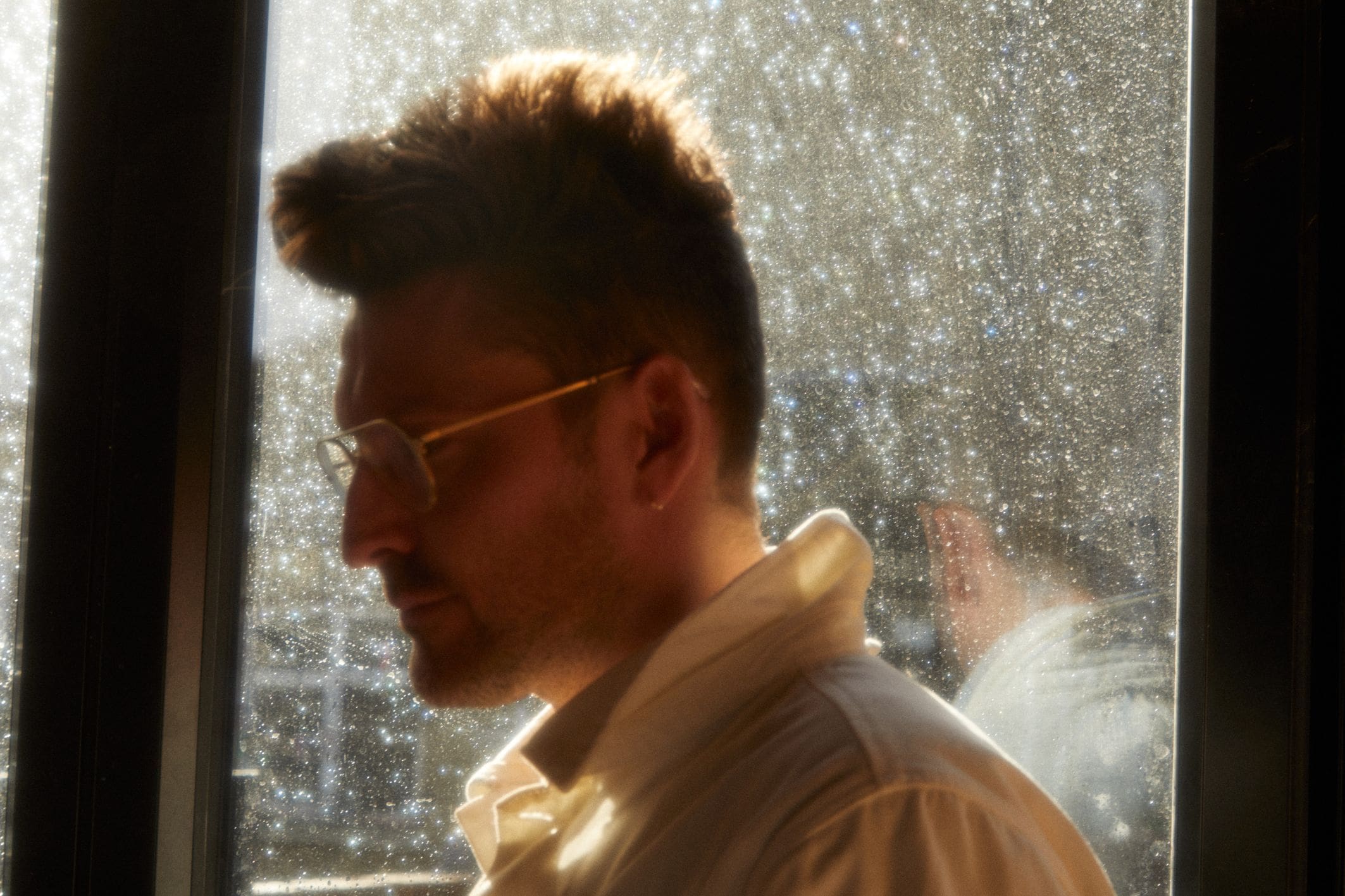
How does working in ceramics compare to working in fashion?
The biggest change is the frequency and the pace. I’m always pushing to do new stuff, because I’m preconditioned to that with fashion, and the teams here are like, ‘slow down, you’re doing too much’! But if this was fashion, I would have done ten collections by now. I’ve since found a middle ground and a better balance. And on the flip side, I think I work a bit faster than most of the ceramics world, which has given us an edge.
Another change that I love is that we make everything to order, by hand, in this room. We have stockists in Canada, Australia, and it all comes from here. It makes cash flow and logistics a lot easier, but it also means you can have your hands on every piece. We hand build each piece using moulds, and once they’re dry, they are sanded, bisque fired, cleaned, and then fired again with glaze. There’s probably not many pieces that go through this studio that I haven’t been part of at least one of those processes. With fashion, you’d be working with factories in China, India, Turkey or Portugal; you’d ship everything into the UK, repackage it, and ship it back out again to the customer. It’s not really sustainable. I think everyone has to think carefully about why they are making new stuff at the moment. The fact we work with natural materials from the earth, and we don’t ship things in from all over the world, helps.
There is something really emotive about interiors: it’s a person’s home, it’s their sanctuary
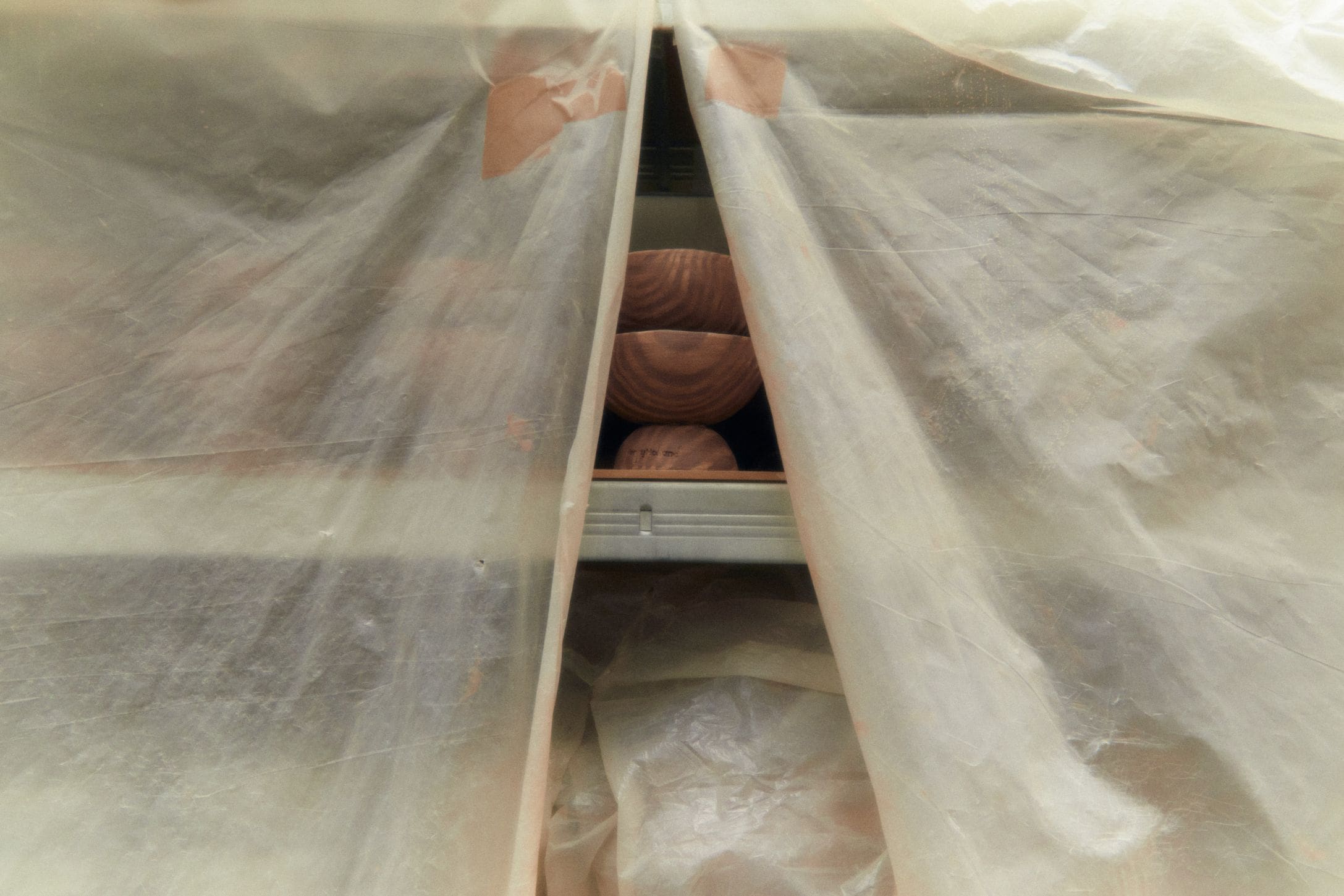
Although, shipping ceramics does have its challenges. Trying to find ethical, sustainable ways of packaging that will still protect the pieces is really hard. When we first launched, I was adamant that we were only going to use paper bubble wrap. I used to talk all the time from a fashion perspective about how trying to make a company sustainable retrospectively is nigh on impossible, because it puts all your prices up – and although customers want a sustainable product, they don’t always want a price increase. I’m always banging on about it: if anyone is starting a business today, you have to start with sustainability from day one. So I was really hell bent on it when we started the ceramics business. But it turns out, paper bubble wrap is just paper, and everything we sent out kept smashing. We use dissolvable corn starch, and paper wrap, but there are some places where plastic bubble wrap – although recycled – is unavoidable. It’s a challenge.
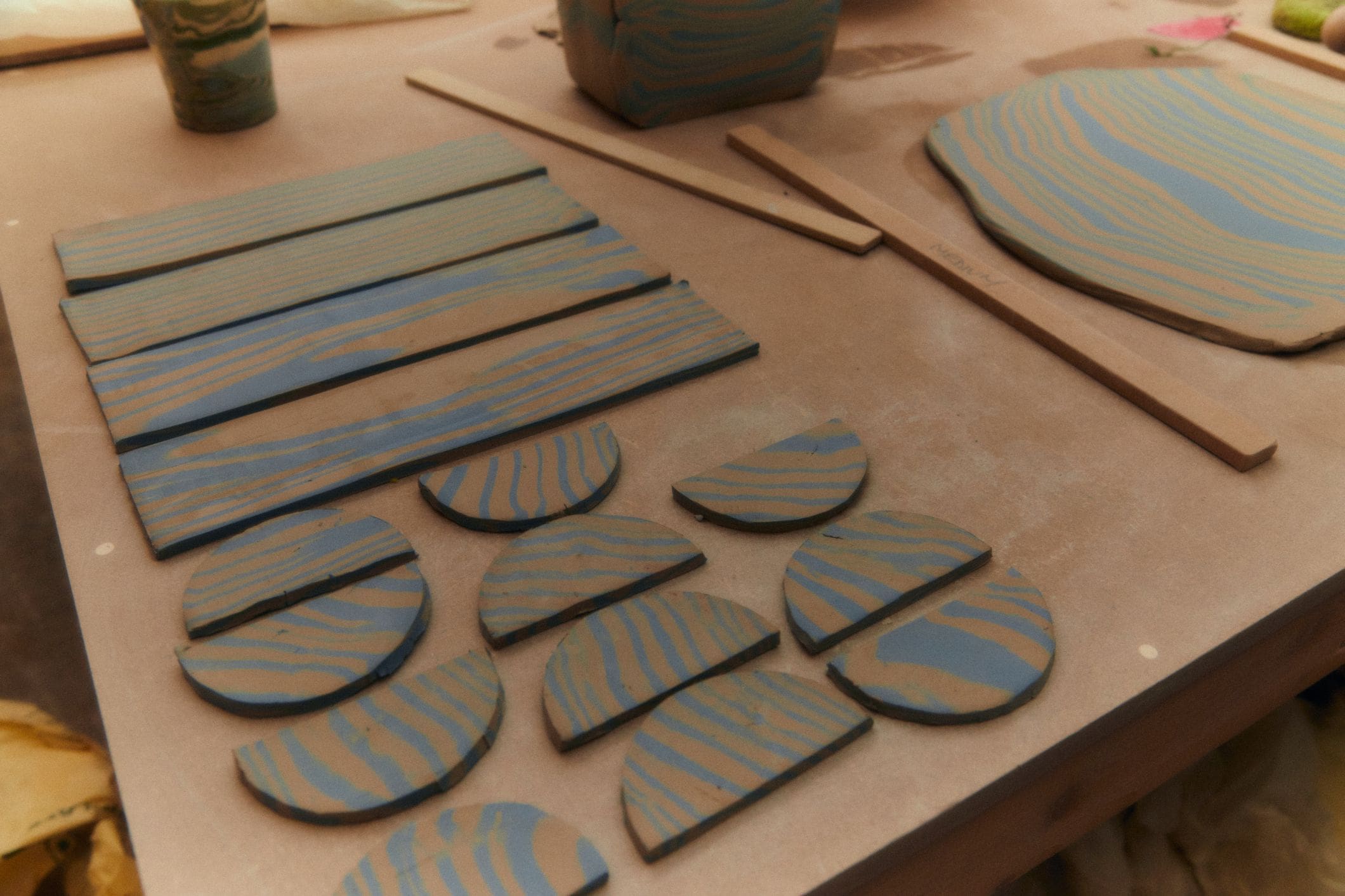
Holland’s travel experiences
Would you say travel has shaped the way you work?
One hundred percent. I started my first business when I was 23 years old, and before that, I went straight through school, college, university, and into work. I finished my final exam on a Friday and I was in full time employment as a fashion assistant at Smash Hits Magazine on the Monday. So I never had an opportunity to travel or explore the world. I was so fortunate that my career path then gave me the opportunity to do it. I’ve spent so much time in China, Singapore, the Middle East, India, and all across America. That opportunity was all given through my work. And if that hadn’t happened I think I would have had a bit of a breakdown and wanted to give it all up and run away.
I constantly took inspiration for my work from the places I visited and the cultures I interacted with. Having seen so many places, I think London is by far the most inspiring place to work and live, because we are just such a melting pot of cultural diversity. You can go to different parts of London and it’s almost like travelling in itself.
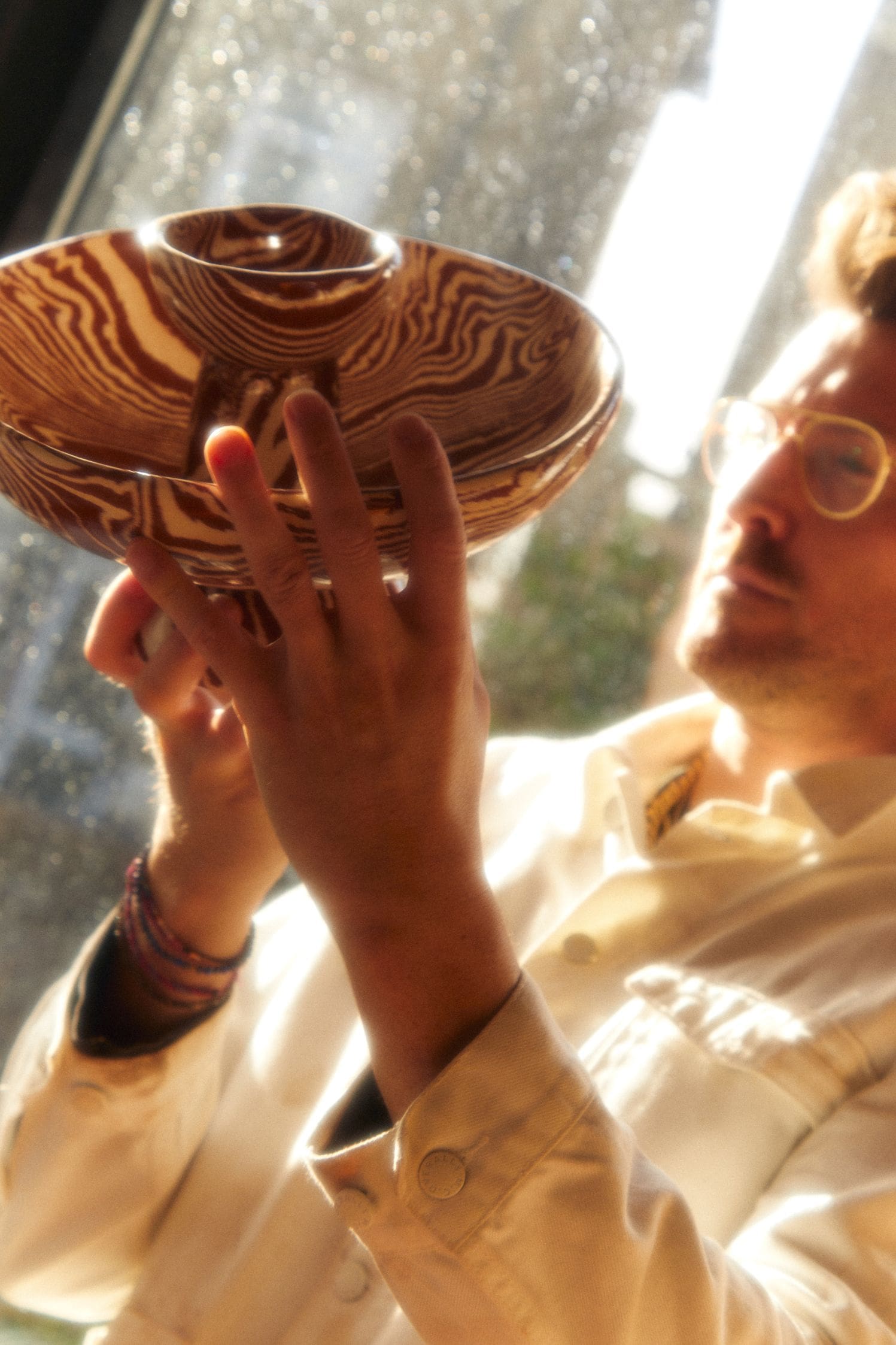
What’s your favourite destination you’ve visited?
I absolutely loved Hong Kong, although it makes me sad that it’s changed. And I absolutely love Australia, because I just love Australians. They’re like northerners with a different accent – very crass, a great sense of humour, and they don’t take themselves too seriously.
Which city?
Sydney’s my favourite. A lot of people say Melbourne, but Melbourne to me is a not-as-good European city. They’re like ‘oh the culture’ and I’m like ‘really?’ I’m joking. For me, Sydney is a city on the beach, and I just love that lifestyle. They work from eight till four, then they’re on the beach, going for a swim after work.
"London is such an inspiring place to work and live, because we are just such a melting pot of cultural diversity"

Is there a place that you’ve always wanted to go to but haven’t yet?
I want to see more of Scandinavia, and I’ve always wanted to go to Iceland. The thing about travelling for work is that it can be quite frustrating. I’ve been to India, but one trip was for 18 hours, and I was in a hotel room the whole time. I’d love to go to India and actually see India.
But I’m also quite a lazy traveller. I’m a shit tourist. I’m really spoiled that I’ve often been to places for work, and in those situations, you get collected by someone at the airport, and they take you to lovely restaurants and some nice bars, because they’re hosting you, and they want to show you around. So when I don’t have a host, I’m a bit crap at it – I arrive at the airport and I’m screwed.

What do you hope people feel when they’re using your ceramics in their home?
It’s a similar feeling for me as it is with fashion. I always made clothes that I wanted to be a part of people’s lives. One of my favourite phrases is: ‘never save your best for best, or you’ll never look your best’. It’s why I look overdressed all the time (laughs). I want to create things that people integrate into their lives and find joy in. There is something really emotive about interiors: it’s a person’s home, it’s their sanctuary. For someone to bring your work into that space is an honour.
I love seeing people using the pieces, the same way I used to love seeing people wearing my clothes. Sure, it’s really exciting when Rihanna wears your dress on a red carpet, but you know you’ve made it for her. I used to get just as big a kick when seeing someone in a pair of tights at a bus stop. I was like, ‘you’ve paid for that’ – that’s an even bigger accolade right?
